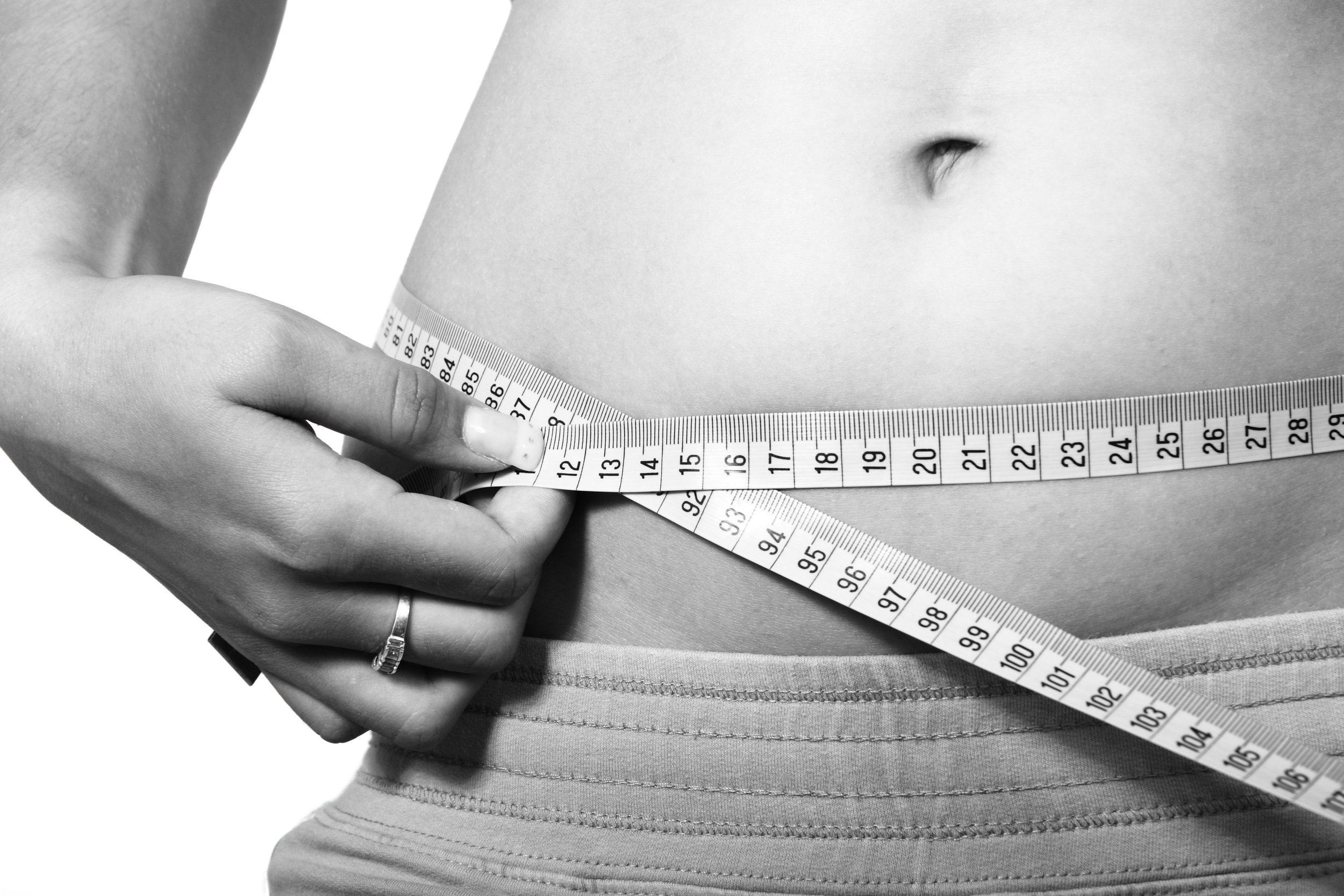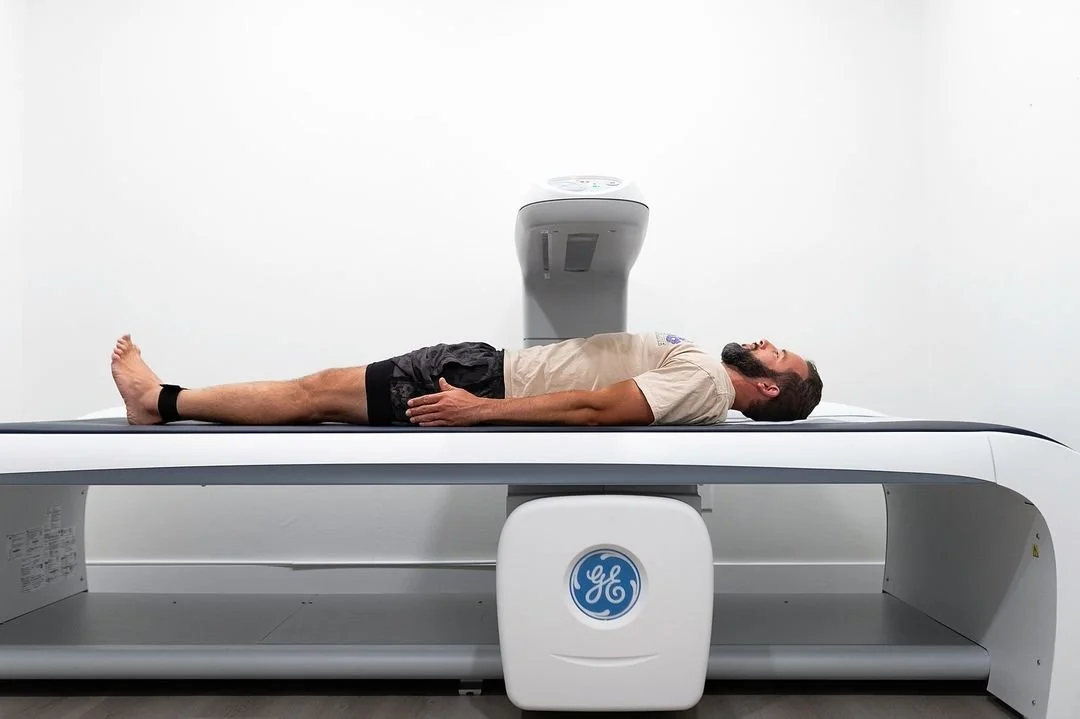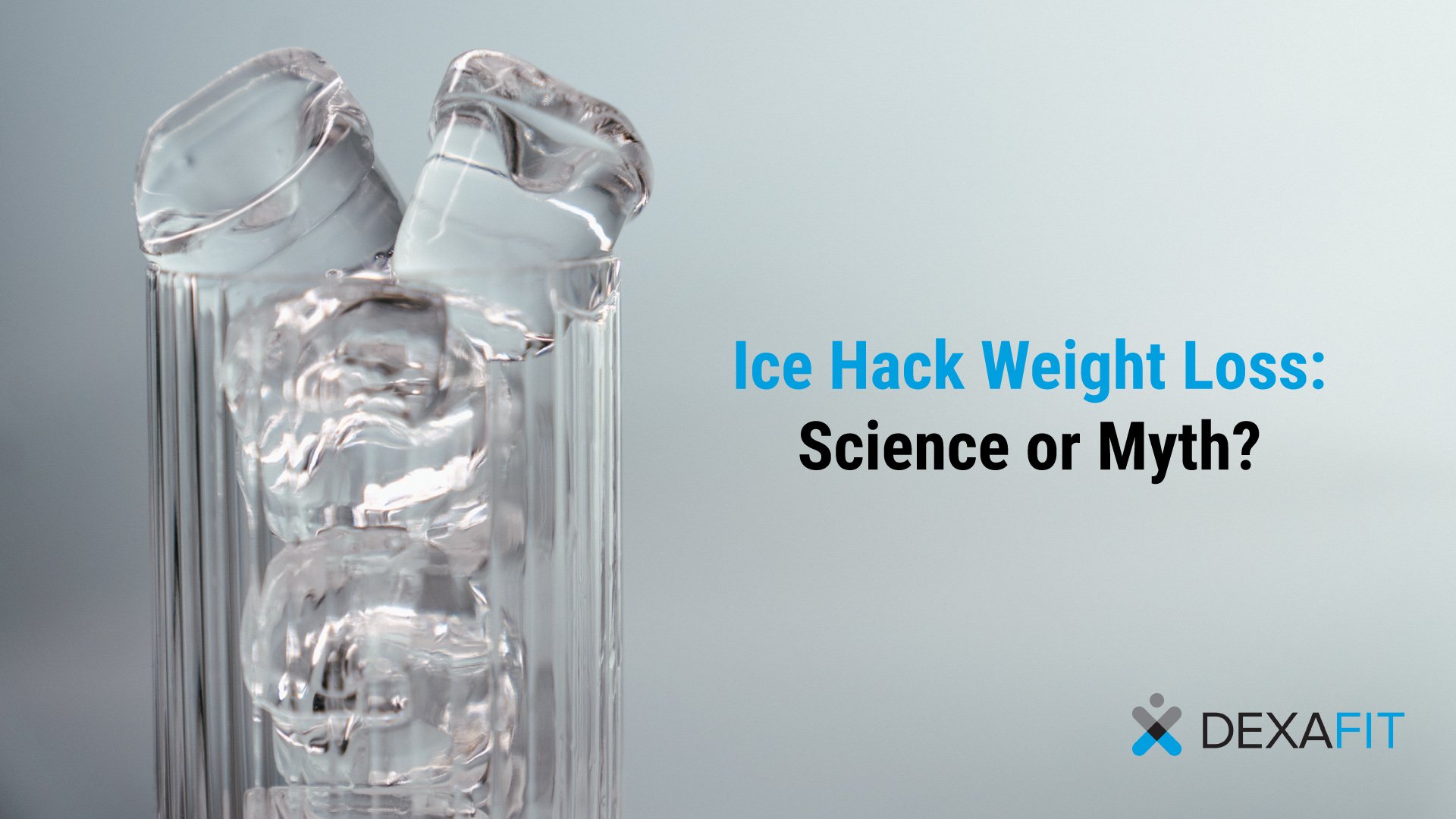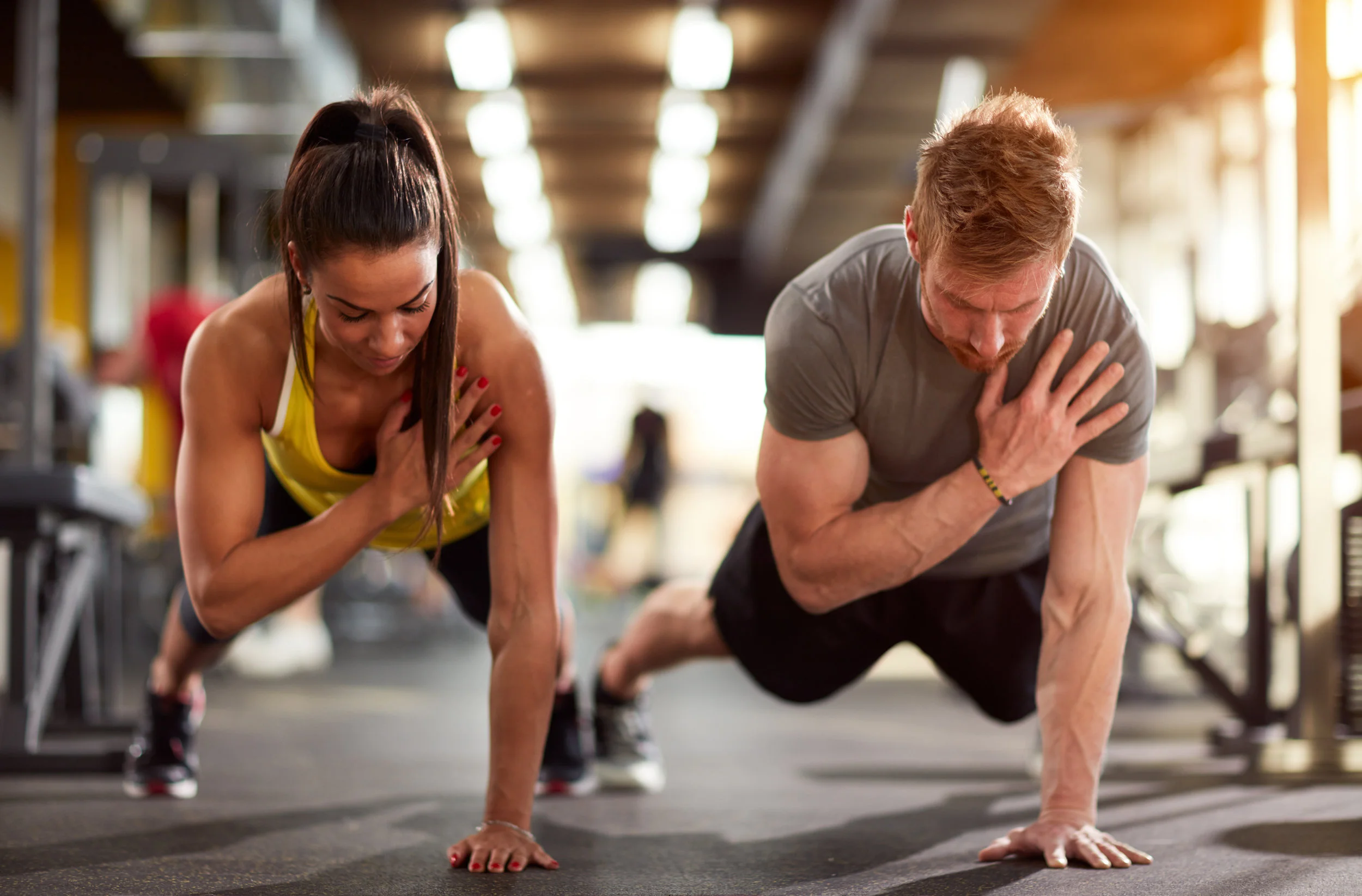If you are on any sort of weight loss, fitness, or healthy dieting journey, you’ve likely come across the vague term ‘body fat percentage’. The elusive buzz word is tossed around frequently by the health and fitness community, but let’s stop pretending like we understand and just ask--what does it actually mean??
What is Body Fat Percentage?
The most basic way to describe Body Fat Percentage, or BFP, is the amount of fat in your body, compared to everything else. (Everything else includes: blood, bones, water, etc.) There are two types of body fat: storage body fat and essential body fat, both are taken into account when calculating body fat percentage.
It’s All Relative
Keep in mind that a “healthy” body fat percentage is relative; a percentage that is healthy for a 20 year-old may be downright dangerous for a 60 year-old. Factors such as gender, physical activity, body type, heredity, and age all play a role in determining what constitutes a reasonable body fat percentage. For instance, women have a greater range for a healthy body fat percentage than men do, because women need more body fat.
It’s a common mistake to think that body fat is inherently bad. If your goal is to eradicate your body of fat, you need to rethink your end game! A certain amount of body fat in necessary to promote proper body functions such as storing energy and regulating temperature. Drawing the line between what is necessary and what needs to go should be done meticulously.
Healthy Guidelines
Before you jump into trying to measure your body fat percentage, (there are several different methods) let’s first review what healthy, recommended body fat percentile ranges for men and women look like. Measuring your personal percentage will be meaningless if you don’t have a clue where you fall on the range. Check out these age-specific body fat percentage recommendations:
Women:
20-40 yrs old: Underfat: under 21 percent, Healthy: 21-33 percent, Overweight: 33-39 percent, Obese: Over 39 percent
41-60 yrs old: Underfat: under 23 percent, Healthy: 23-35 percent, Overweight : 35-40 percent Obese: over 40 percent
61-79 yrs old: Underfat: under 24 percent, Healthy: 24-36 percent, Overweight: 36-42 percent, Obese: over 42 percent
Men:
20-40 yrs old: Underfat: under 8 percent, Healthy: 8-19 percent, Overweight: 19-25 percent, Obese: over 25 percent
41-60 yrs old: Underfat: under 11 percent, Healthy: 11-22 percent, Overweight: 22-27 percent, Obese: over 27 percent
61-79 yrs old: Underfat: under 13 percent, Healthy: 13-25 percent, Overweight: 25-30 percent, Obese: over 30 percent
These recommendations indicate that as you age, your acceptable body fat within these ranges increases. Why is this the case? Basically, the same measurement technique- which involves measuring skinfolds- is used for the young and old. The chart reflects the assumptions that older individuals tend to have a lower body density for the same skinfold measurements. To get more detailed, Marc Perry of BUILTLEAN asserts that certain types of fat (like subcutaneous fat) generally do not increase, but the amount of intramuscular fat a person has is prone to increase over time.
Physical activity is another important variable that impacts healthy body fat guidelines. In general, highly active people require a greater percentage of “essential” body fat to keep up the energy their body is regularly expending. The body fat percentile chart below by BUILT LEAN outlines what would be considered an ideal amount of body fat for people with varying levels of physical activity:
Ready to Calculate
When it comes to working out, eating healthy, or losing weight, the old scale in the bathroom is literally a relic of a tool. It is definitely not the most accurate way to assess your progress towards your fitness goals. If you are serious about taking control of your health, your body, and your journey, body composition analysis is much more effective! The insight and details into your personal needs- strengths & weaknesses, will help you set the right goals and achieve results more quickly.
Calculating body fat percentage correctly can be tricky! Luckily, BUILTLEAN founder, Marc Perry, outlines several ways to measure body fat percentage that are easy and effective.
Use a Skin Fold Caliper: You when you stand in the mirror and pinch at your love handles? Yeah, that’s basically the “skin fold” method of measuring body fat percentage. On your waist, pinch your fat with your fingers and measure the thickness with a body fat caliper. Reading in millimeters, compare your measurement to an appropriate chart with age and gender to determine your body fat percentage. This method is highly accurate when measuring is done skillfully, and can be repeated often to measure progress towards fitness goals. As an added bonus it’s inexpensive. For best results have a fitness professional measure you!
Dexa Scan: For a more high-tech and sophisticated approach, try Dexa Scan. It’s based on a three-prong approach that divides the body into total body mineral, fat-free soft (lean) mass, and fat tissue mass. Talk about getting down to the nitty-gritty! Want to know exactly where the donuts are going? Your hips? Your thighs?? DEXA Scan completes a body fat distribution analysis. It’ll show precisely how fat is distributed in the different parts of your body. The Dexa Scan is considered to be the most detailed and accurate report on body fat percentage that you can get! It can be expensive, but you won’t get those kind of details any other way.
Body Circumference: Break out the measuring tape! The anthropometric method of measuring body fat percentage is used by the U.S. Navy. It takes the circumference measurements for waist, neck, and height for men and hips, neck, and height for women. Then using the U.S. Navy Method calculator, you can input your measurements to calculate your body fat percentage. This method is slightly less accurate, but is cheap and easy to do yourself if you just want to get a general idea of what percentile you fall in.
Knowledge is Power
Now that we’re really digging into the science behind your own health, did you know there’s a couple of other highly-effective new ways to assess your fitness?
If you’re a runner or cardio lover, you can check out Vo2max testing. It’ll hone in on your exact anaerobic threshold and precise target heart rate- perfect for optimizing your workout plans. It can even assess heart health risks!
If you’ve been measuring your body fat percentage and are wondering if your metabolism is an issue, resting metabolic rate (RMR) analysis can shed light on the situation. Don’t get frustrated, get answers! This test will help you unlock the understanding to your personal metabolic rate, then you can plan fitness and nutrition programs that will be successful.
Maintaining an ideal and healthy body fat percentage is a personal journey that starts with knowing your body. Now that you’ve educated yourself and found ways to collect information about your own body fat percentage, consulting with health and fitness experts to set appropriate and realistic goals is essential. There’s no substitute for regular rigorous physical activity and an intentional healthy diet. Don’t try to wing it! Health and fitness services, like those at dexafit, can help you maximize your time and effort with a personalized plan to get your body fat in the ideal percentile. With a master plan, you can take pride in living your best life!













